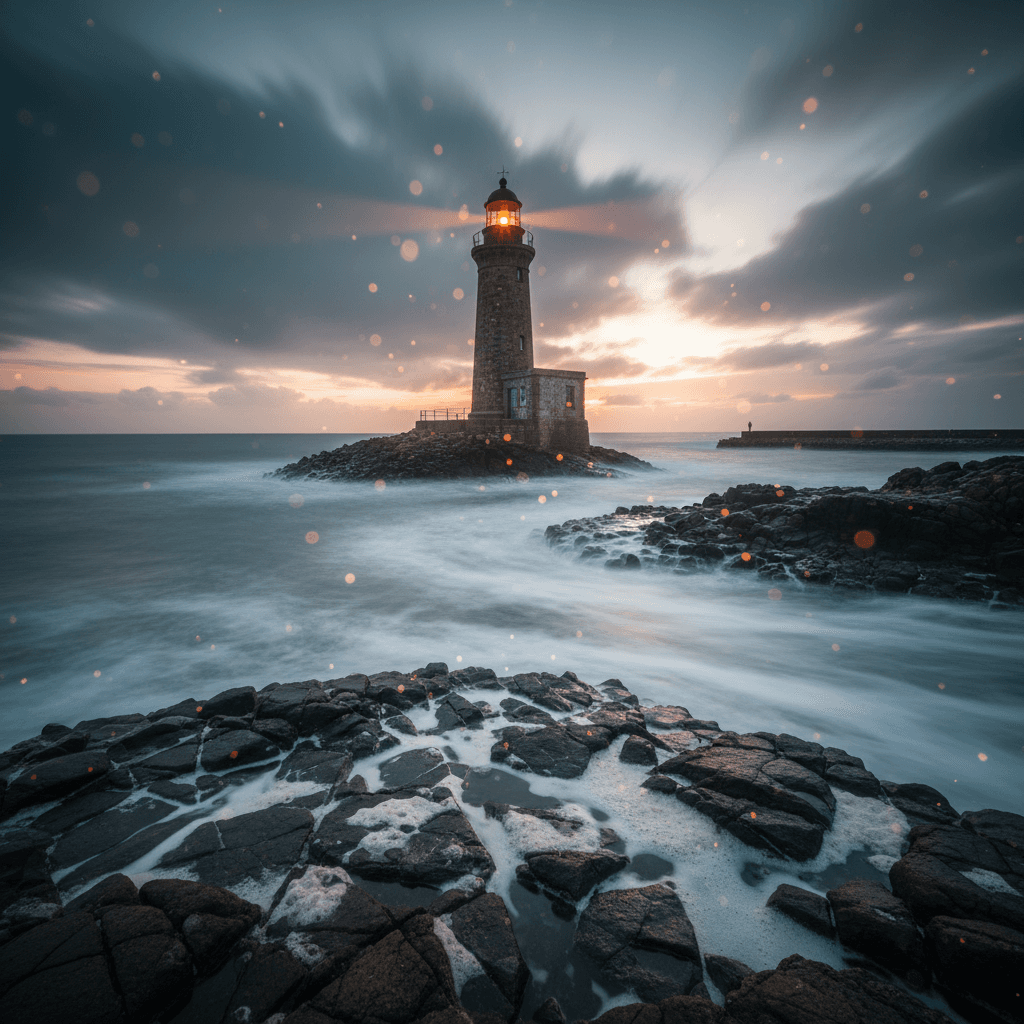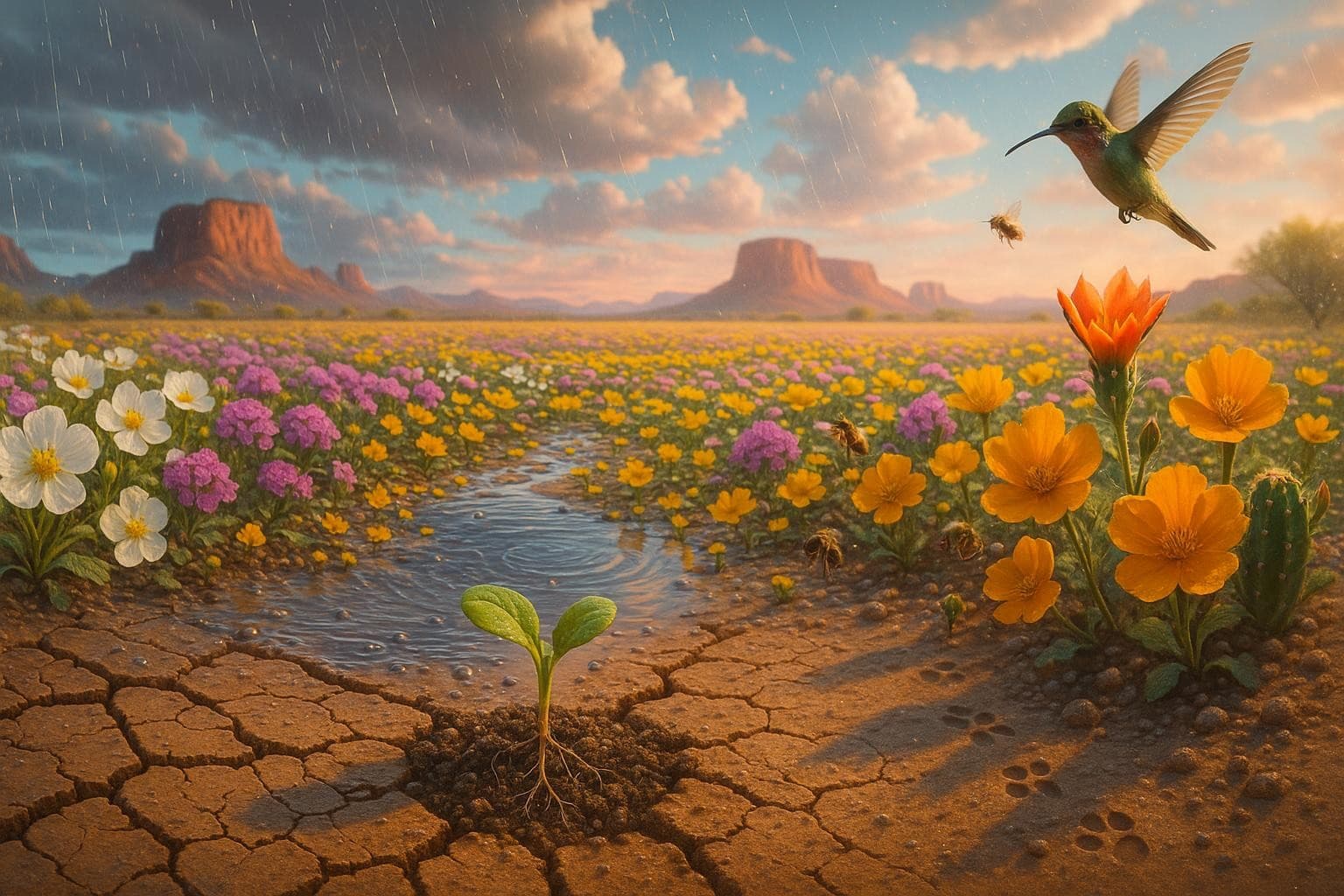Susan Sontag
Susan Sontag (1933–2004) was an American writer, filmmaker, and cultural critic known for influential essays such as 'Against Interpretation' and 'On Photography'. The quote, "I haven't been everywhere, but it's on my list," expresses a playful, cosmopolitan interest in travel and experience.
Quotes by Susan Sontag
Quotes: 7

How Public Insight Spreads Private Courage
Finally, Sontag’s insight points toward strategy as much as sentiment: if you want a braver public, don’t wait for mass courage—seed it. Small, intelligible public acts can function like sparks that make it easier for hesitant people to join, especially when the action is specific and repeatable. Over time, repeated acts form a culture where courage is less exceptional and more expected. The lesson is not that everyone must become heroic at once, but that one clear public move can reorganize a whole room’s sense of what is possible, allowing private conviction to surface as shared resolve. [...]
Created on: 12/19/2025

Crafting Progress: Attention, Exactness, and Steady Belief
Finally, translating belief into routine sustains progress. Atul Gawande’s The Checklist Manifesto (2009) demonstrates how simple checklists reduce errors—exactness operationalized. Many creators use brief, focused intervals (Pomodoro) to protect attention, or daily pages (Julia Cameron’s The Artist’s Way, 1992) to keep the hand moving. Coupled with tight feedback loops—draft, review, refine—these habits cultivate the temperament Sontag names: careful, unhurried, and confident that tomorrow’s 1% will meet today’s. In time, the accumulation becomes unmistakable. [...]
Created on: 11/6/2025

Turning Failure into a Seasoned, Instructive Guide
Consequently, make failure teachable. Before action, write a testable hypothesis and success criteria; afterward, run a short after-action review: What did we expect, observe, learn, and change? Keep a “failure log” that tracks patterns you can fix. Budget small, frequent experiments to limit downside and increase insight. Finally, try a premortem—Gary Klein (2007) proposes imagining the project has failed and asking why—so that tomorrow’s failure instructs today’s design. [...]
Created on: 10/28/2025

A Compass for an Infinite Travel List
Ultimately, to list “everywhere” is to acknowledge human limits while refusing smallness. Depth can redeem what breadth cannot reach. Rebecca Solnit’s A Field Guide to Getting Lost (2005) argues that disorientation can be a method for noticing; likewise, Annie Dillard’s Pilgrim at Tinker Creek (1974) models radical attention close to home. Therefore, when time or funds run thin, we can still travel by looking harder—walking the same block at dawn, noon, and night, letting the familiar go strange. The list remains, not as a ledger to clear, but as a living invitation to see more fully wherever we are. [...]
Created on: 10/9/2025

Fierce Seeing, Gentle Doing: Ideas Into Deeds
Finally, the dictum can be ritualized. First, observe fiercely: keep a double-entry field note—what you see on the left, what it might mean on the right—then ask five whys to test assumptions. Second, act with tenderness: co-design with those affected, seek informed consent, run the smallest reversible pilot, and define success as benefits reported by participants rather than by metrics alone. Close the loop by returning with findings, credit, and fixes. Through this steady cadence of attention and care, ideas reliably cross the threshold into deeds—leaving people better than you found them. [...]
Created on: 10/3/2025

Curiosity as a Daily Discipline and Duty
Sustained curiosity also protects against the drift into cynicism. Barbara Fredrickson’s broaden-and-build theory (2001) suggests that positive emotions widen attention and resources; curiosity, as a positive state, helps us see alternatives when complexity feels overwhelming. Similarly, Carol Dweck’s work on growth mindset (2006) frames difficulty as a cue to learn rather than to retreat. Thus, when fatigue or news-cycle despair threatens, returning to a curiosity habit reopens possibility: What else might be true? What’s the next experiment? In honoring Sontag’s injunction, we do not chase novelty; we practice disciplined attention that keeps understanding—and hope—alive. [...]
Created on: 8/10/2025

To Know How to Be Solitary Is to Be in a Relationship with Oneself - Susan Sontag
As a renowned writer, philosopher, and critic, Sontag often explored themes of introspection and intellectual independence. This quote reflects her belief in the power of self-exploration. [...]
Created on: 2/28/2025